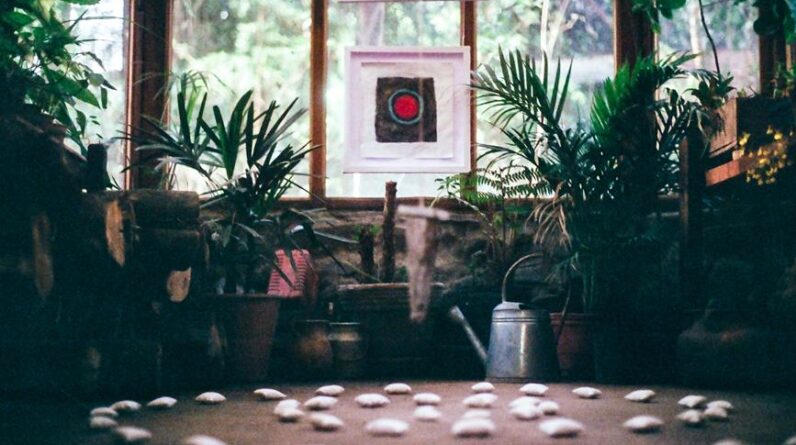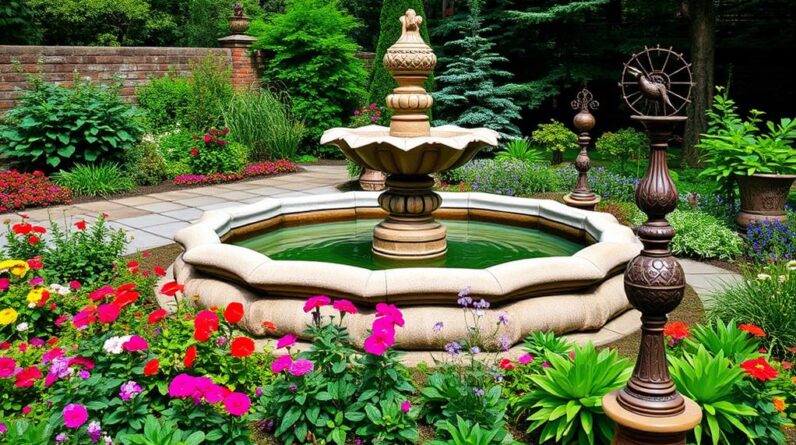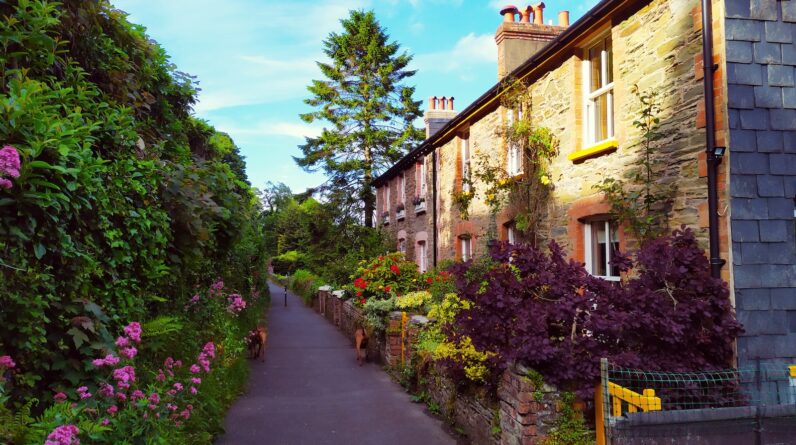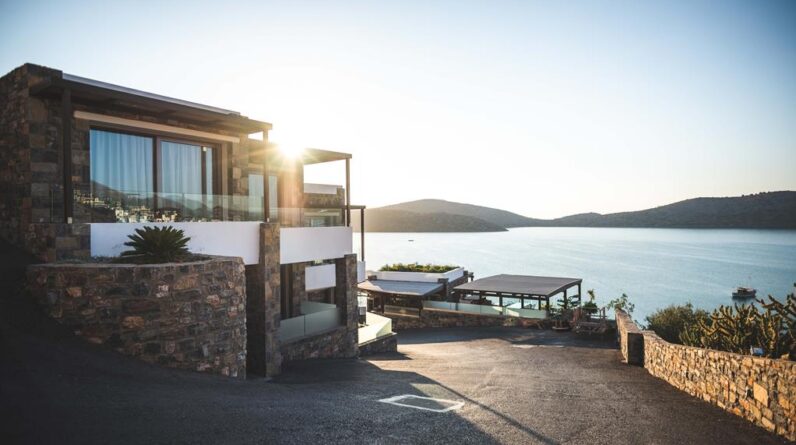
Imagine creating a garden oasis that beckons you to escape the chaos of daily life and find solace in serenity. In this article, we will guide you through the art of designing a meditation space that nurtures your mind, body, and soul.
Discover the perfect plants, harmonious colors, and natural elements that promote grounding and flow. With meditation-friendly features, this garden will become your sanctuary for inner peace and rejuvenation.
Embrace innovation and embark on a journey to create your own tranquil haven.
Key Takeaways
- Choose plants with calming scents like lavender or jasmine to create a soothing environment.
- Experiment with different hues and combinations to create a harmonious color palette that promotes relaxation.
- Incorporate natural elements like rocks and water features for stability and tranquility.
- Design the layout of the meditation space based on feng shui principles for flow and tranquility.
Choosing the Right Plants for a Serene Atmosphere
To create a serene atmosphere in your meditation space, choose plants that have calming properties. Plant selection plays a crucial role in setting the mood and promoting relaxation during your meditation practice.
Opt for plants with calming scents, such as lavender or jasmine, to create a soothing environment that enhances your mindfulness experience. These aromatic plants have been used for centuries to induce a sense of calmness and tranquility. Their delicate fragrances have a profound effect on our emotional well-being, helping us to unwind and let go of stress.
Additionally, plants with soft, flowing foliage, like ferns or peace lilies, can add a touch of elegance and grace to your meditation space. Their gentle presence will create a visual feast for your eyes and help you connect with the natural world around you.
Choose your plants wisely, and let their calming properties guide you into a state of deep relaxation and inner peace.
Creating a Harmonious Color Palette
As you consider the color palette for your meditation space, think about how different hues can evoke specific moods and emotions. Color psychology plays a significant role in creating a harmonious environment for your meditation practice.
Each color has its own symbolism and impact on the mind and body. For instance, cool colors like blues and greens are known for their calming effect, promoting relaxation and tranquility. Warm colors such as yellows and oranges can bring a sense of energy and positivity. Earth tones like browns and beiges create a grounding and stable atmosphere.
It's essential to choose colors that resonate with your intentions and desired atmosphere. Experiment with different shades and combinations to create a serene and soothing space that facilitates deep meditation and inner peace.
Incorporating Natural Elements for Grounding
Choose at least three natural elements to incorporate into your meditation space, such as rocks, plants, and water features, to create a grounding and soothing environment.
When it comes to plant selection, opt for species that have calming properties, such as lavender or jasmine, which can promote relaxation and reduce stress. Mindful gardening techniques, such as practicing deep breathing and focusing on the present moment while tending to your plants, can enhance the overall meditative experience.
Rocks can be used strategically to create a sense of stability and balance within your space. Water features, such as a small fountain or a gentle waterfall, provide a soothing soundtrack and add a touch of tranquility.
By incorporating these natural elements, you can create a space that connects you to the grounding energy of nature, fostering a sense of peace and serenity.
Now, let's explore how to design a layout that promotes flow and tranquility.
Designing a Layout That Promotes Flow and Tranquility
Create a layout that allows for a seamless flow and promotes a sense of tranquility in your meditation space. When designing your meditation space, it is important to consider the principles of feng shui, which emphasize the harmonious arrangement of elements. A well-designed layout can enhance the flow of energy and create a serene atmosphere.
To help you create a layout that promotes tranquility, consider the following sound and lighting considerations:
| Sound Considerations | Lighting Considerations |
|---|---|
| Use soft, soothing music or nature sounds to create a calming ambiance. | Incorporate natural light sources, such as windows or skylights, to bring in a sense of openness and connection to nature. |
| Consider installing soundproofing materials to minimize external distractions. | Use warm, soft lighting fixtures to create a cozy and inviting atmosphere. |
| Choose materials that absorb sound, such as carpets or curtains, to reduce echoes. | Install dimmer switches to adjust the lighting intensity according to your needs. |
Enhancing the Space With Meditation-Friendly Features
To truly enhance your meditation space, consider incorporating meditation-friendly features that will help create a peaceful and serene atmosphere.
One way to achieve this is by utilizing sound therapy techniques. Sound has a profound effect on our minds and bodies, and by incorporating soothing sounds such as wind chimes or a gently flowing water feature, you can create a calming ambiance that aids in relaxation and focus.
Another important aspect to consider is integrating comfortable seating options. Whether it's a plush cushion or a cozy chair, having a comfortable place to sit during meditation will allow you to fully relax and sink into your practice. Choose seating options that support good posture and provide ample support for your body.
Frequently Asked Questions
How Do I Choose the Right Plants for a Serene Atmosphere in My Meditation Space?
Choosing the right plants for a serene atmosphere in your meditation space is crucial. To create a calming environment, select plants that are low-maintenance, have soothing scents, and promote relaxation, such as lavender, jasmine, and aloe vera.
What Are Some Tips for Creating a Harmonious Color Palette in My Meditation Space?
To create a harmonious color palette in your meditation space, think of it like painting a serene landscape. Choose soft, calming colors that evoke tranquility. Incorporate lighting and textures that also contribute to a peaceful ambiance.
How Can I Incorporate Natural Elements Like Water or Rocks to Create a Grounding Effect in My Meditation Space?
To enhance the grounding effect in your meditation space, incorporate natural scents through aromatherapy. Consider using essential oils like lavender or sandalwood. Additionally, bring in natural lighting by positioning windows or skylights strategically for a calming and peaceful atmosphere.
What Are Some Key Elements to Consider When Designing the Layout of My Meditation Space to Promote Flow and Tranquility?
When designing your meditation space, it's crucial to consider flow and tranquility. Incorporate natural light and ventilation for a refreshing ambiance. Choose flooring materials that promote calmness and comfort. Create a space that inspires serenity and peace.
Are There Any Specific Features or Additions That Can Enhance a Meditation Space and Make It More Meditation-Friendly?
To enhance your meditation space, consider features like soft lighting, comfortable seating, and soothing sounds. Incorporating natural scents like lavender or sandalwood can deepen relaxation. These elements promote a tranquil atmosphere for beginners and offer added benefits to your practice.
Conclusion
Step into your serene meditation space, where the vibrant hues of blooming flowers juxtapose the calming greenery.
Feel the softness of moss beneath your fingertips, grounding you in the present moment.
As you settle onto your meditation cushion, the gentle sound of trickling water creates a tranquil soundtrack.
The layout effortlessly guides you from one peaceful element to the next, promoting a seamless flow of relaxation.
With each breath, you effortlessly merge with the serene ambiance, finding solace and tranquility in this garden oasis.







